Dehydrating fruits is not just a wonderful way to preserve their natural goodness, but also an easy method to stock your pantry with delightful and healthy dehydrated food snacks.
Among the variety of fruits you can dehydrate, pears stand out for their unique flavor profile and the sheer simplicity of the process. Discover the perfect way to preserve your favorite fruits and vegetables with easy Food Dehydrator recipes.
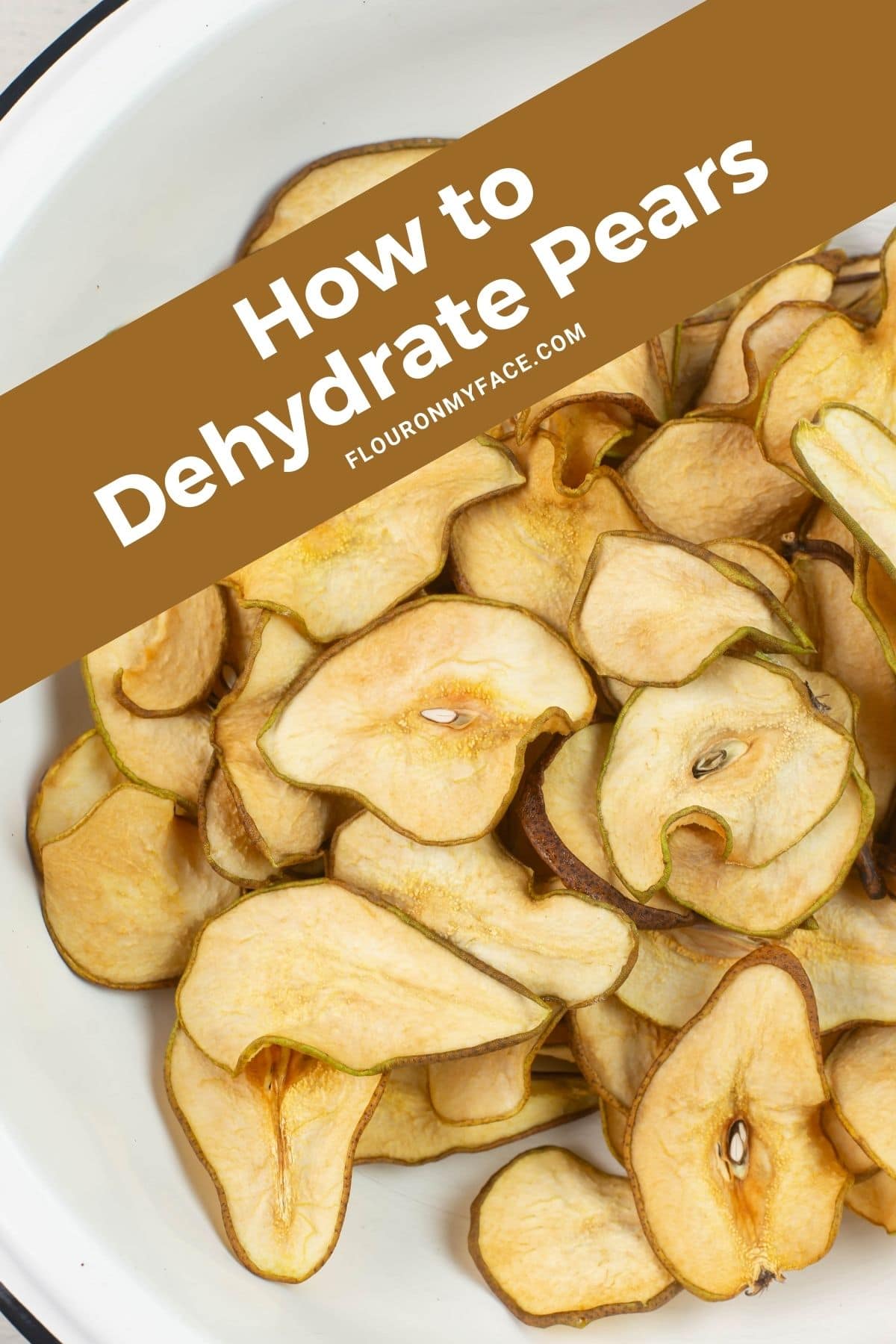
Preserving Nutrition and Taste: The Art of Fruit Dehydration
Dehydrating pears is not just an exciting DIY task, but also a gateway to unlocking a world of flavorful dried treats like banana chips, dehydrated diced apples, dried pineapple or dehydrated peaches.
These sweet, crisp delights capture the essence of fresh pears, making them a perfect snack for any season.
Imagine being able to savor the taste of your favorite pears all year round, without the worry of them spoiling or taking up too much storage space.
Plus, they're an easy, alternative to sugary snacks, that are packed with fiber and antioxidants just like fresh pears.
Whether you use them in your morning cereal, as a chewy addition to your baking, or eat them straight from the bag, dehydrated pears offer a versatile and delicious way to enjoy this much-loved fruit.
Choosing the Right Pear Variety
When it comes to dehydrating, not all pears are created equal. The best variety for drying is the Bartlett pear, known for its excellent flavor and texture when dried.
This variety holds its shape well during the dehydration process, resulting in a superior quality end product.
However, if Bartlett pears are not accessible, other varieties like Anjou or Bosc can also be used effectively.
Tip: Use whichever pear variety you have available as long as it is not overripe and mushy.
FREE Dehydrating Guide
New to dehydrating and not sure where to start? Grab my free Dehydrating Quick Guide to get started.
The Benefits of Dehydrating Pears
Dehydrating pears is not only a great way to prevent wastage of ripe fruits but also provides a host of benefits. Dried pears are a nutritious snack option.
Plus, they're light, compact, and non-perishable, making them perfect for camping trips, hiking adventures, or just as a handy on-the-go snack.
Choosing the Right Dehydrator
While there are various methods to dehydrate fruits, using a food dehydrator is recommended for its efficiency and consistency.
Look for a dehydrator with adjustable temperature settings to ensure optimal drying conditions for your pears.
Also, a model with a fan will help circulate air more evenly, resulting in uniformly dried pears.
Dehydrated Pears Ingredients
Below is a quick look at the ingredients and directions. You can find the entire ingredient amounts and step by step directions in the recipe card below. P. S. You can also save your favorite recipes to your personal recipe box! ⬇️
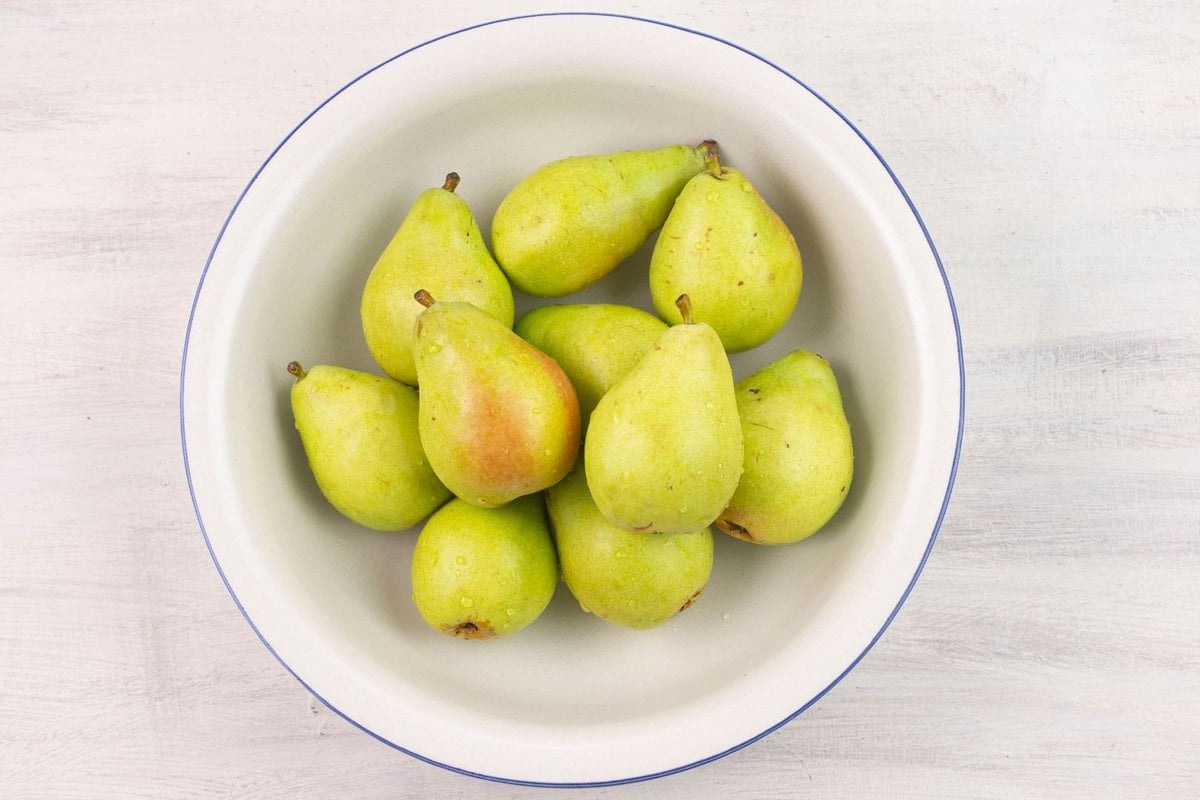
- ripe pears: The star of our dehydration process, ripe pears, are a delightful fruit known for their sweet, slightly tart flavor and juicy, buttery texture. Chosen at their ripest, these pears give the highest quality output when dehydrated, retaining much of their natural sweetness and yielding a tender, chewy snack.
- water: An essential part of the dehydration process, water is used to wash the fresh pears and to make a soaking solution for the pears prior to dehydration.
- lemon juice or fruit fresh: These are vital ingredients in the dehydration process to prevent the pears from browning. Lemon juice, with its natural acidity, or a commercial product like Fruit Fresh, halts the enzymatic reactions causing discoloration. Thus, they help maintain the appealing light color of the dried pears while adding a slight tangy note to enhance the fruit's natural flavors. Don't like that tart flavor? Rinse the sliced pears off immediately before loading them into the dehydrator.
👇See the step by step directions below!
Steps for Dehydrating Pears
- Step 1: Prepare the Pears: Start by washing your pears thoroughly under running water to remove any dirt or pesticides. Cut them into half and remove the core if desired. Slice the halves into thin, even pieces ensuring they're not too thick to facilitate uniform drying.
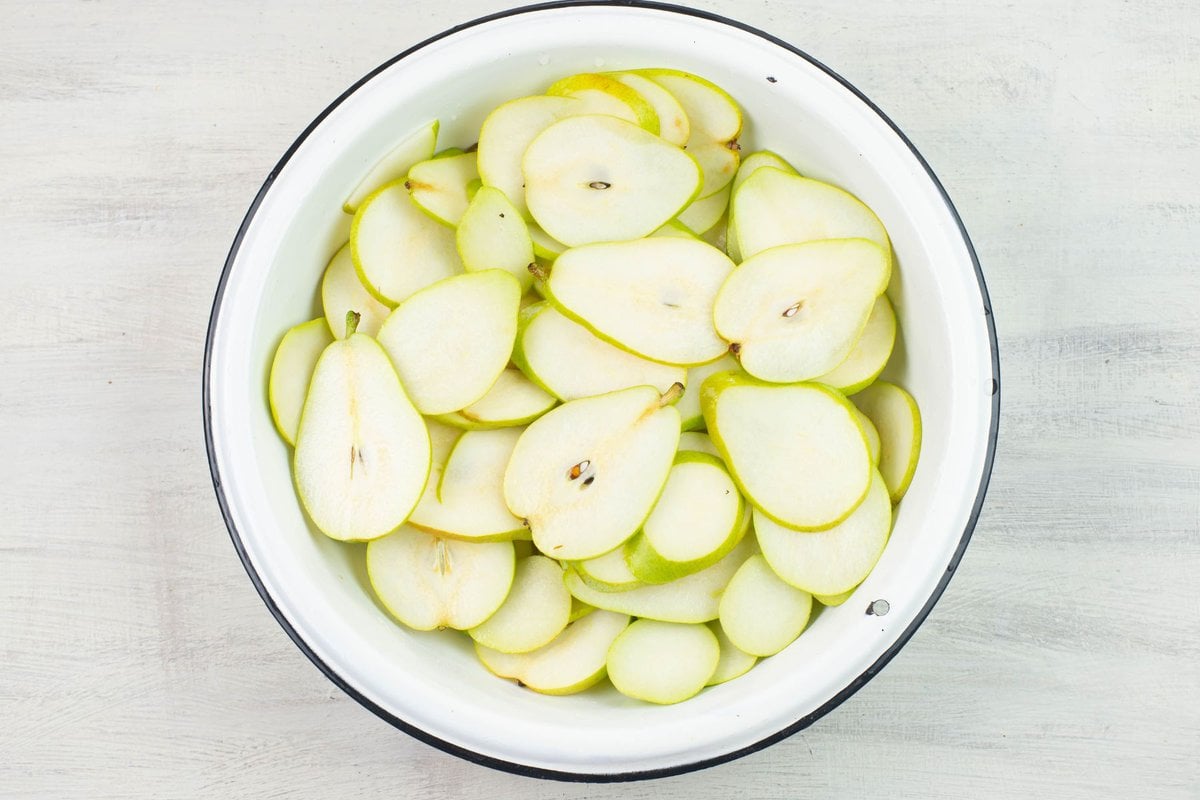
- Step 2: Pre-treat the Pears: Although this step is optional, it helps to maintain the color of the pears during dehydration. Soak the sliced pears in a mixture of lemon juice and water for about 10 minutes.
- Step 3: Arrange the Pears on the Dehydrator Tray: After draining the slices, arrange them on your dehydrator tray. Make sure the pieces do not overlap to allow for even air circulation.
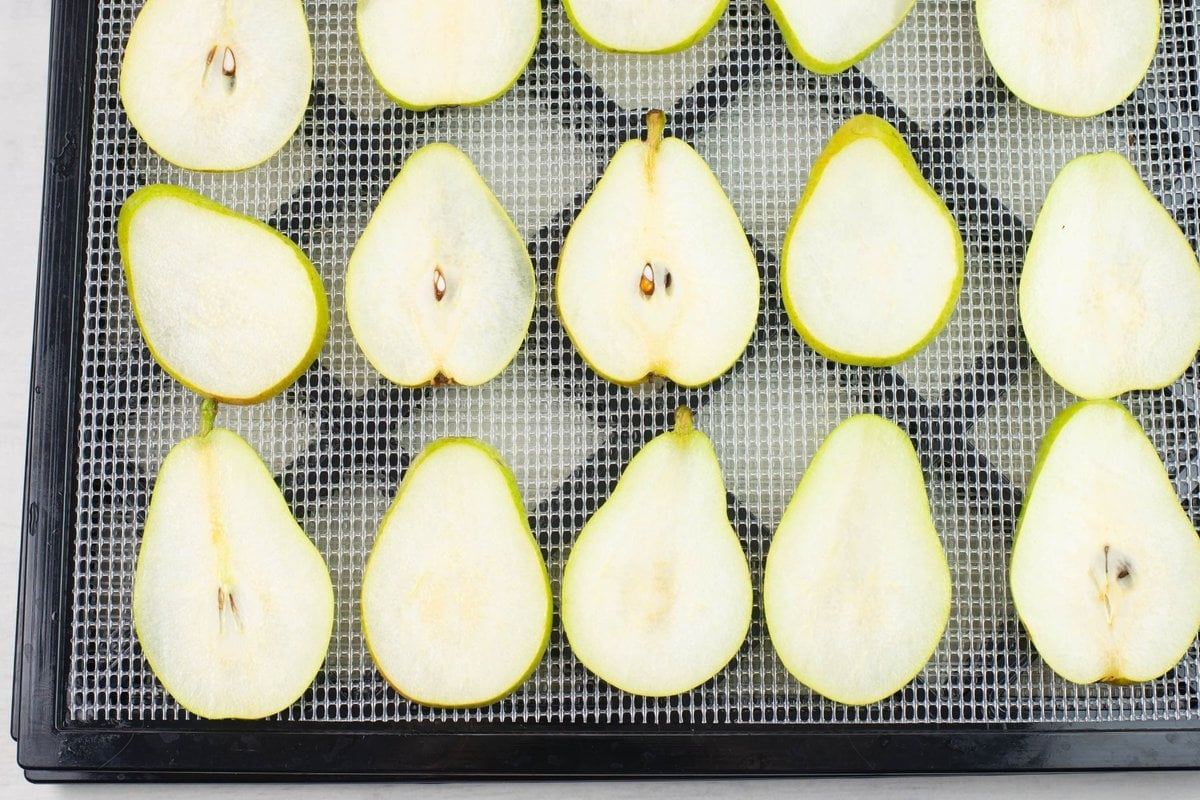
- Step 4: Set the Dehydrator Temperature: Based on your dehydrator's guidelines, set the temperature to 135°F.
- Step 5: Dehydrate the Pears: Place the trays inside the dehydrator and let the dehydrator run for around 6-12 hours. The exact timing may differ depending on the thickness of your slices and the specific dehydrator you are using.
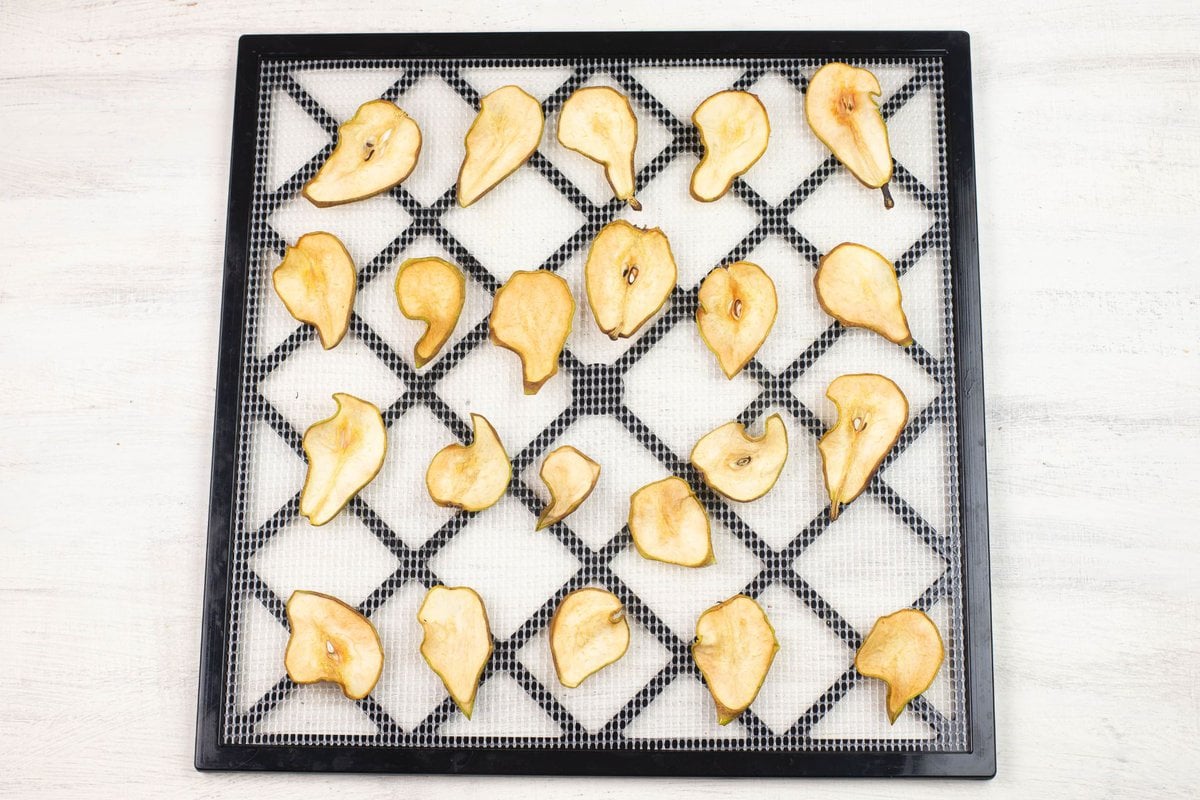
- Step 6: Check for Doneness: The pears should be flexible, but not spongy. If they are still moist, continue dehydrating for a bit longer.
- Step 7: Store the Dried Pears: Once completely dehydrated and cooled, store the dried pears in airtight containers. They should be kept in a cool, dark place to preserve their quality and extend shelf life.
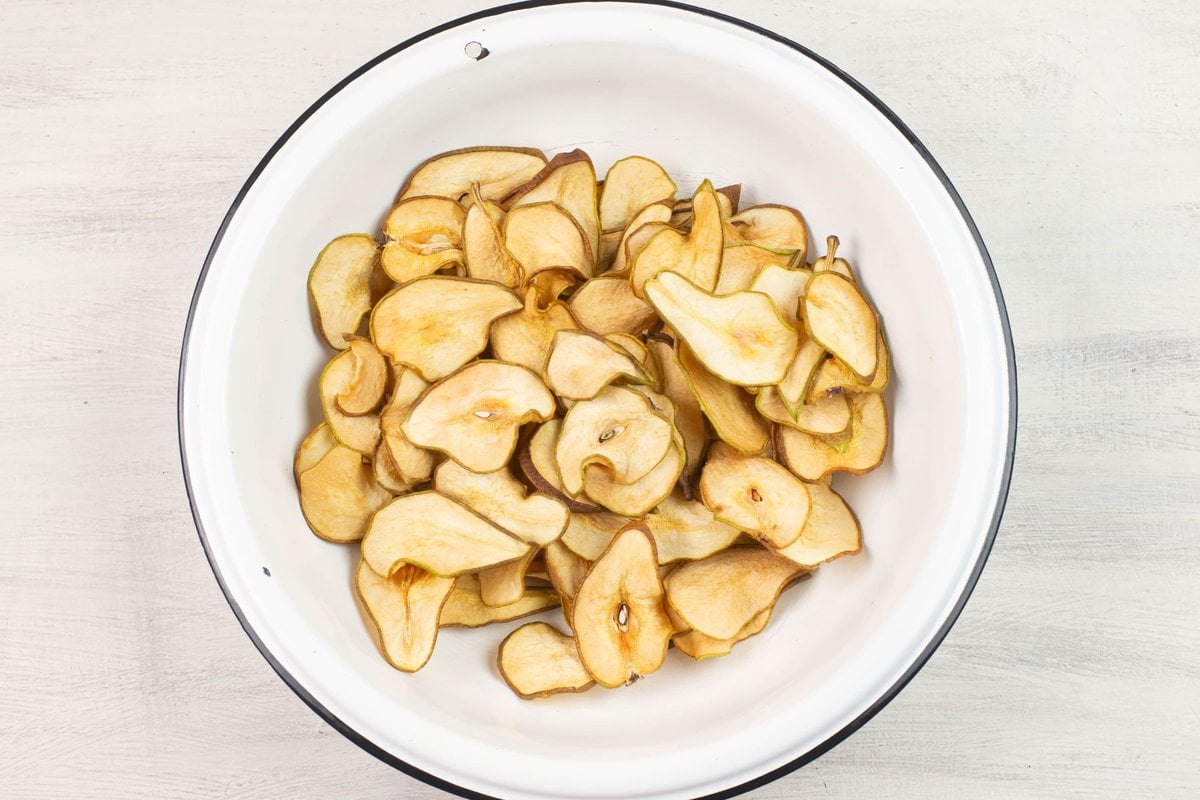
Remember, dehydrating pears may take some time, but the end result is a delicious and nutritious snack that can be enjoyed anytime, anywhere.
Plus, they make a great addition to trail mixes, oatmeal, and baked goods.
You can also get creative and add spices like cinnamon or cardamom before dehydrating for added flavor.
Don't limit yourself to just snacking on dried pears - they can also be rehydrated and used in savory dishes like stews or salads. The possibilities are endless
Ways to Use Dehydrated Pears:
- In Trail Mixes: Dehydrated pears can add a sweet and chewy element to your homemade trail mix or homemade granola. Combine them with nuts, seeds, and other dried fruits for a nutritious snack.
- In Oatmeal: Add some diced dehydrated pears to your morning oatmeal for an extra flavor boost. They will rehydrate in the liquid and give your breakfast a unique twist. Try making my Instant Oatmeal Packets with them.
- In Baked Goods: Chopped dehydrated pears can be incorporated into muffins, cookies, or cakes for added sweetness and texture.
- In Savory Dishes: Rehydrate the pears and add them to stews, roasts, or salads. They provide a sweet balance to savory flavors.
- In Tea: Dehydrated pears can be used to make a flavorful and soothing pear tea. Simply steep them in hot water, strain, and enjoy.
- In Granola Bars: Mix dehydrated pears with oats, nuts, and honey to make your own granola bars. They're perfect for a quick breakfast or snack on the go.
- In Smoothies: Rehydrate the pears and blend them into your smoothie for a dose of fiber and natural sweetness.
- As a Snack: Of course, dehydrated pears can be enjoyed as is, right out of the container. They're a tasty, healthy, and convenient snack.
- Cocktail Garnish: Dehydrated pears make a sophisticated and flavorful garnish for cocktails. Whether you're creating a classic pear martini or a spicy pear mule, a slice of dehydrated pear adds an elegant touch, enhancing the presentation and subtly infusing the drink with its sweet, fruity flavor. Not only for cocktails, but they also work wonderfully in non-alcoholic beverages like mocktails and iced teas.
Storing Your Dried Pears
Once your pears are dehydrated, proper storage is key to maintaining their quality and extending their shelf-life.
Store your dried pears in a cool, dark place in an airtight container. Glass jars, plastic food containers, or even zip-lock bags can be used for storage.
Ensuring your pears are completely cool before storing will prevent condensation, which can lead to mold growth.
- Glass Jars: These are an excellent option for storing dehydrated pears due to their airtight seals. They also allow for easy visual identification of the contents. Vacuum seal the jars to extend the shelf life.
- Plastic Food Containers: These are lightweight and durable, making them a good choice for those who need to transport their snacks. However, they should be BPA-free to ensure they don't leach any harmful chemicals.
- Zip-lock Bags: These bags are convenient and provide decent protection from air exposure. They can also be easily labeled and stacked for storage efficiency.
- Vacuum-Sealed Bags: If you plan to store dehydrated pears for an extended period of time, vacuum-sealed bags offer the best preservation. They remove the air, which can degrade the fruit over time.
- Mylar Bags: These robust and highly durable bags are designed to protect your dried fruits from the damaging effects of air, light, and moisture, thus preserving their freshness and nutritional value for a longer period.
It's also important to consider the size of your storage container, as smaller containers will help prevent any excess air from entering and potentially causing spoilage. Additionally, make sure to label your containers with the date they were dehydrated to keep track of their freshness.
Recipe FAQS
The optimal temperature for dehydrating pears is around 135°F (57°C). This allows for efficient moisture removal without compromising the fruit's nutritional value or texture.
Yes, any variety of pear can be used for dehydration, but the flavor and texture may vary based on the type of pear used.
Absolutely, dried pears can be rehydrated by soaking them in water or juice. They can also be used as they are in baked goods or cereals.
📌Pro Dehydrating Tips
Here are some tips to ensure your pear dehydration process goes smoothly:
- Always choose ripe, but not overripe pears.
- Slice the pears uniformly to ensure even drying.
- Pre-treat the pears with lemon juice to prevent browning.
- Check on your dehydrator or oven regularly to prevent over-drying.
- Store in a cool, dark place away from moisture and heat sources.
- Label and date your containers for easy tracking of expiration dates.
- Experiment with different spices and flavorings for unique dried pear snacks.
By following these tips, you can easily enjoy the delicious and nutritious benefits of dehydrated pears all year round.
Keep in mind that the drying process may take some trial and error, but with practice, you can perfect your technique and create perfectly dried pears every time.
Happy dehydrating! So go ahead and start experimenting with different ways to enjoy your tasty dehydrated pears today!
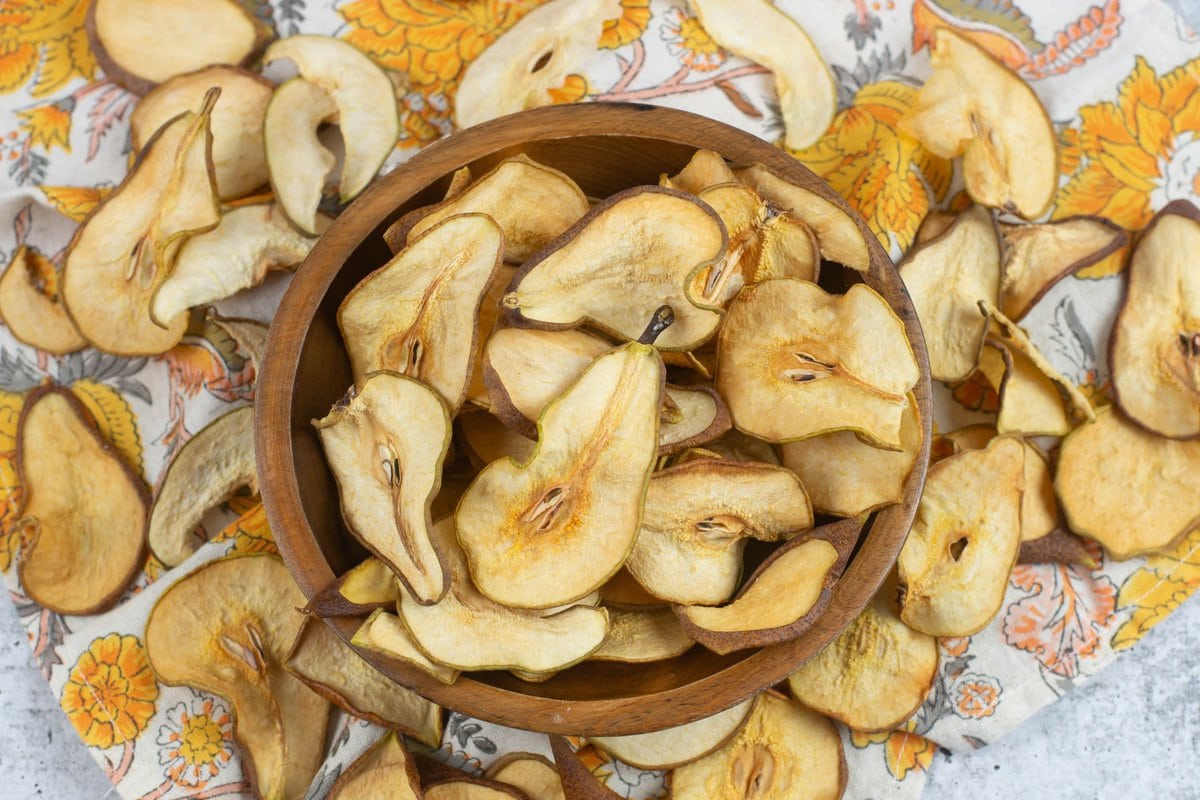
Wrapping Up: The Joy of Homemade Dehydrated Pears
Dehydrating pears is a fantastic way to enjoy this delicious fruit all year round. Whether you're using them as a healthy snack, an addition to your morning cereal, or as a unique ingredient in your baking, dried pears offer versatility and convenience.
Plus, the process of dehydrating pears is simple, rewarding, and a great way to extend the shelf-life of your favorite fruit.
So why wait? Start dehydrating today and discover the joys of homemade dried fruits!
Dehydrated Pears Labels
Decorate your containers of dehydrated pears with this custom designed dehydrated pears label.
Print on Avery 22830 print to edge 2 ½ inch round labels.
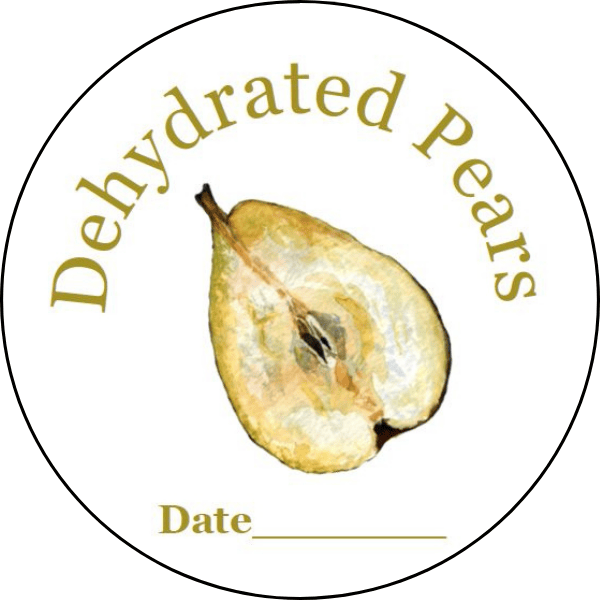
Dehydrated Pears Round Label
Keep dehydrated pears fresh longer in vacuum-sealed mason jars and add a pretty label to help identify your jars at a glance. Practical and decorative!
More Dehydrated Fruit Snack Recipes
Dive into the world of delicious and nutritious treats with our collection of dehydrated fruit snack recipes that are sure to satisfy your cravings!
⭐Leave a Star Rating
Have you tried the recipe? Leave a star rating in the recipe card below to let me know how the recipe turn out.
Email questions or recipe requests to flouronmyface@gmail.com. Follow me on Pinterest, YouTube, Instagram and Facebook.
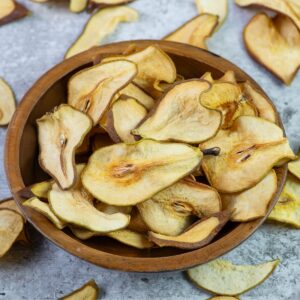
How To Dehydrate Pears
Ingredients
- 3 lbs. ripe pears
- 3 tablespoons Fruit Pretreatment (lemon juice or fruit fresh)
- 3 tablespoons water (plus more for washing the pears)
Instructions
Optional Pretreatment
- Although this step is optional, it helps to maintain the color of the pears during dehydration. Soak the sliced pears in a mixture of lemon juice and water for about 10 minutes.
Prepare the pears
- Wash the pears thoroughly under running water to remove any dirt or pesticides.
- Slice the pears into ¼ inch thick slices. Core each slice to remove the seeds.
- Draining the pear slices, and arrange them on your dehydrator tray. Make sure the pieces do not overlap to allow for even air circulation.
Dehydrating Pears
- Based on your dehydrator's guidelines, set the temperature to 135°F.
- Place the trays inside the dehydrator and let the dehydrator run for around 6-12 hours.
- Check for doneness. The pears should be flexible, but not spongy. If they are still moist, continue dehydrating for a bit longer.
- Cool the slices to room temperature before storing.
Storing Dried Pears
- Once completely dehydrated and cooled, store the dried pears in airtight containers. They should be kept in a cool, dark place to preserve their quality and extend shelf life.
- Makes about 2 quarts of dried pear slices.
Recipe Expert Tips
- Always choose ripe, but not overripe pears.
- Slice the pears uniformly to ensure even drying.
- Pre-treat the pears with lemon juice or Fruit Fresh to prevent browning.
- Check on your dehydrator regularly to prevent over-drying.
- Store in a cool, dark place away from moisture and heat sources.
- Label and date your containers for easy tracking of expiration dates.
- Experiment with different spices and flavorings for unique dried pear snacks.


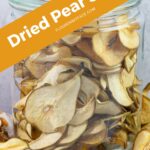

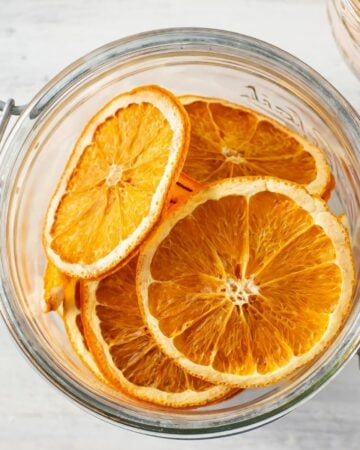
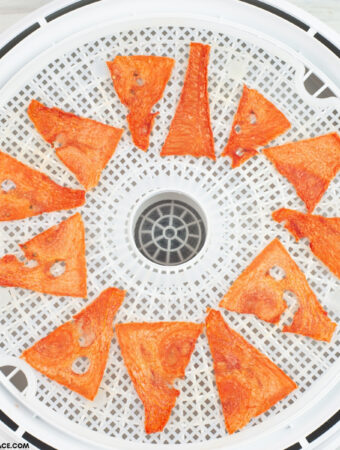
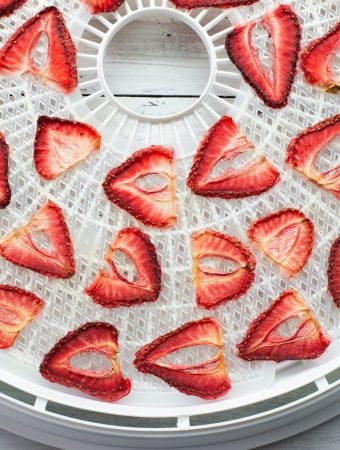
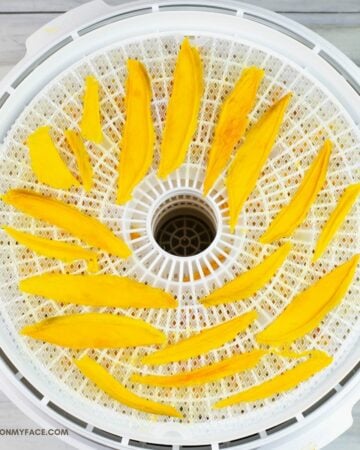
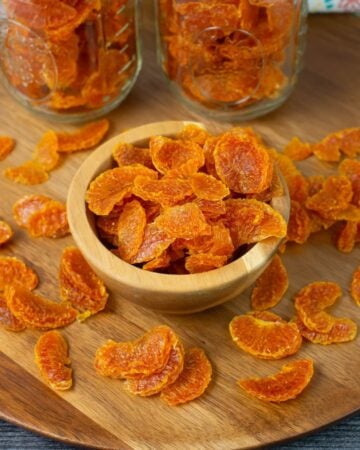
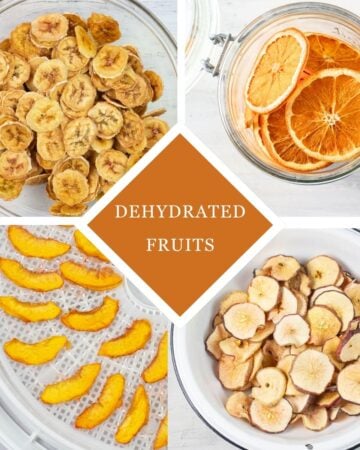
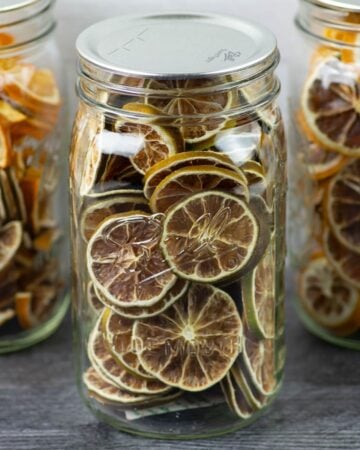
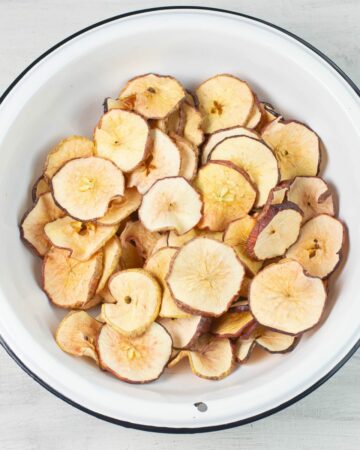
Leave a Reply